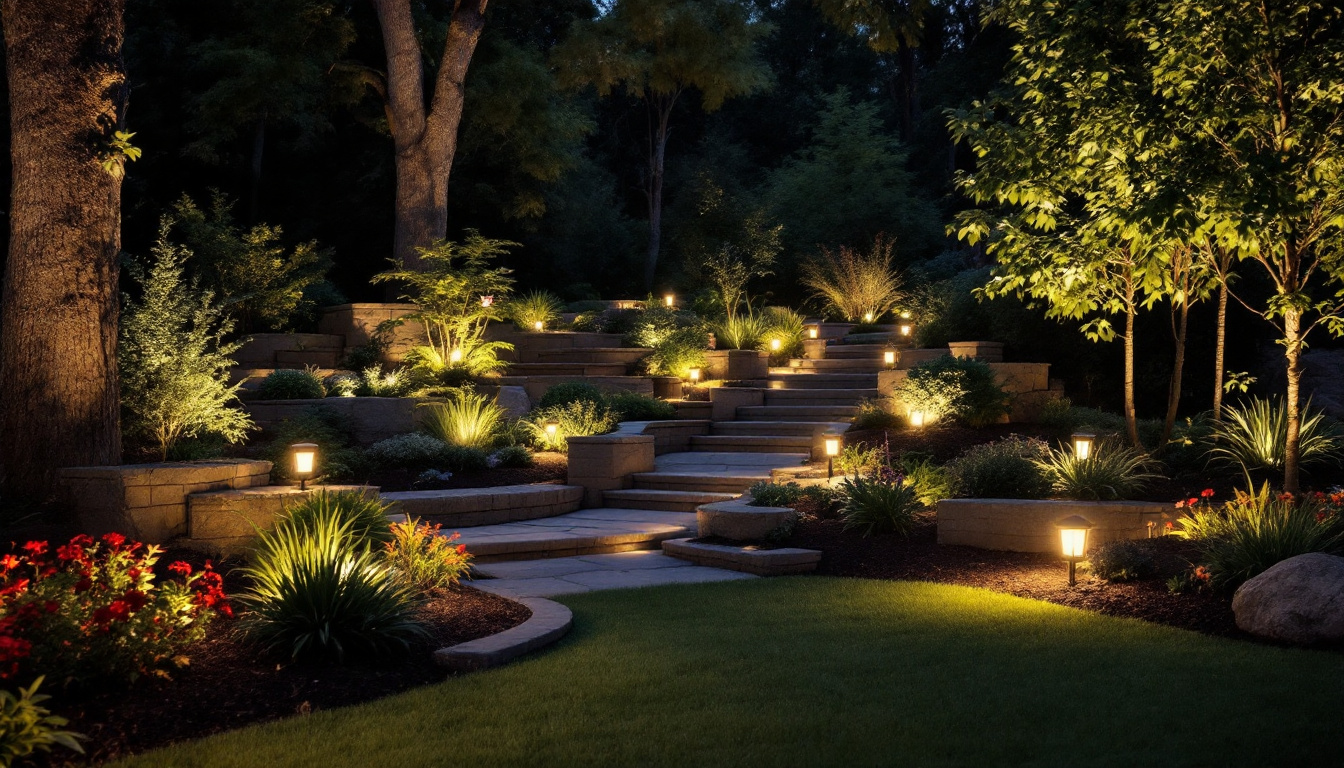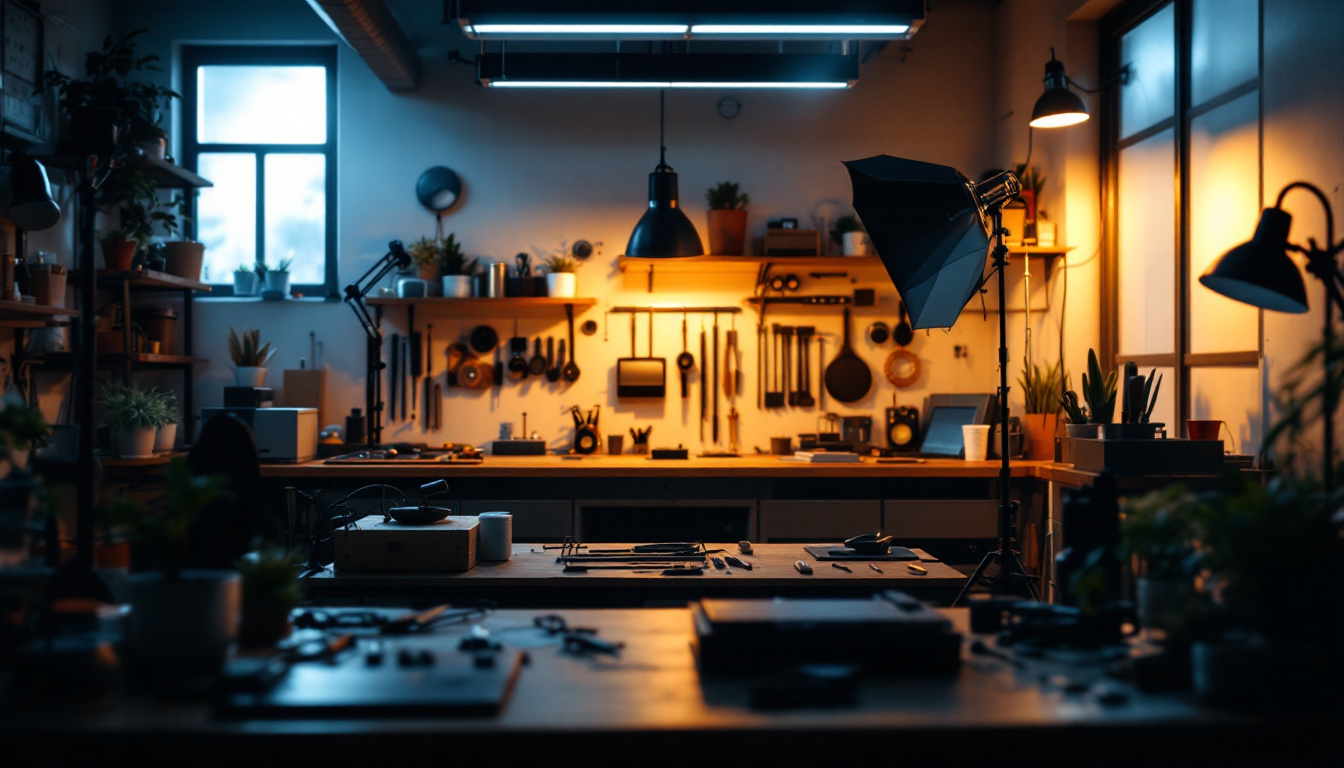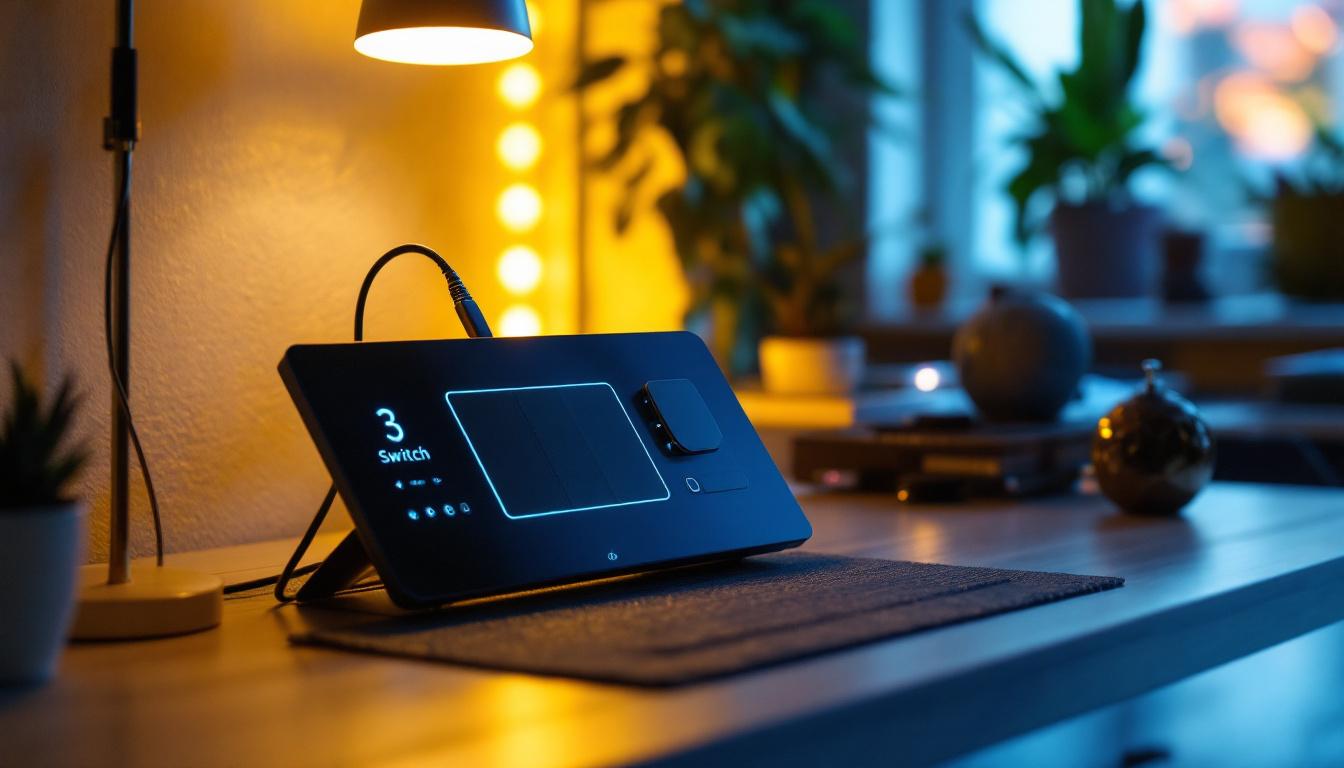
In the modern office environment, lighting plays a crucial role in enhancing productivity, mood, and overall well-being. Lighting contractors must recognize the importance of lamps in office spaces, as they not only illuminate but also contribute to the aesthetic and functional aspects of the workplace. This article explores the top reasons why lighting contractors should prioritize their focus on office lamps.
Numerous studies have shown that the right lighting can significantly affect employee productivity. Proper illumination helps reduce eye strain, enhances focus, and promotes a positive work atmosphere. Lighting contractors have the unique opportunity to design office lighting solutions that cater to these needs.
Natural light is often touted as the best option for maintaining concentration. However, when natural light is not available, artificial lighting must mimic its effects. Lighting contractors should consider using lamps that provide a balanced spectrum of light, which can help employees stay alert and focused throughout the day.
Moreover, adjustable lighting options allow employees to tailor their workspace to their personal preferences, further enhancing their ability to concentrate. By incorporating dimmable lamps and task lighting, contractors can create an environment that supports individual work styles. Studies have indicated that employees who can control their lighting experience less stress and report higher job satisfaction. This autonomy not only fosters a sense of ownership over their work environment but also encourages creativity and innovation, as employees feel more comfortable experimenting with their surroundings.
Prolonged exposure to harsh lighting can lead to fatigue and discomfort. Lighting contractors must prioritize the selection of lamps that reduce glare and provide a comfortable light level. Utilizing LED lamps with a high Color Rendering Index (CRI) can help ensure that colors are accurately represented, making it easier for employees to perform tasks without straining their eyes.
Additionally, implementing a layered lighting approach—combining ambient, task, and accent lighting—can help create a well-lit environment that minimizes shadows and reduces eye strain. This thoughtful design can contribute to a more comfortable workspace, ultimately leading to improved productivity. Furthermore, the color temperature of the lighting plays a crucial role in influencing mood and energy levels. Warmer tones can create a cozy atmosphere conducive to collaboration, while cooler tones can invigorate and energize employees during high-focus tasks. By strategically selecting the color temperature for different areas of the office, contractors can enhance the overall work experience and promote a more dynamic and responsive workplace culture.
While functionality is paramount, aesthetics should not be overlooked in office lighting design. The right lamps can enhance the overall look and feel of a workspace, making it more inviting and inspiring for employees.
Lighting contractors have the ability to transform an office space with the strategic use of lamps. A well-lit environment can evoke feelings of warmth and comfort, making employees feel more at home in their workspace. This is particularly important in open-plan offices, where the right lighting can help define different areas and create a sense of belonging.
Incorporating decorative lamps and unique lighting fixtures can also serve as focal points within the office design. These elements can reflect the company’s culture and values, further enhancing the workplace environment. For example, using vintage-style Edison bulbs can evoke a sense of nostalgia and creativity, while sleek LED fixtures can communicate a forward-thinking, modern ethos. The interplay of light and shadow created by these fixtures can also add depth and dimension to the space, making it visually stimulating and engaging for employees.
Lighting is a powerful tool for expressing a company’s brand identity. By choosing specific lamp styles, colors, and intensities, lighting contractors can help businesses convey their brand message effectively. For instance, a tech company might opt for sleek, modern lamps, while a creative agency may choose more eclectic and artistic lighting options.
By aligning lighting choices with brand identity, contractors can contribute to a cohesive design that resonates with both employees and clients. This attention to detail can enhance the overall perception of the company and create a memorable experience for visitors. Moreover, the use of color temperature in lighting can influence mood and productivity; warmer tones can promote relaxation and collaboration, while cooler tones can enhance focus and alertness. This strategic manipulation of lighting not only reinforces brand identity but also supports the overall well-being and efficiency of the workforce, making it a critical consideration in modern office design.
As businesses increasingly prioritize sustainability, lighting contractors must focus on energy-efficient solutions. The choice of lamps can have a significant impact on a company’s energy consumption and carbon footprint.
LED lamps are at the forefront of energy-efficient lighting solutions. They consume significantly less energy than traditional incandescent or fluorescent bulbs, making them a smart choice for office environments. Lighting contractors should educate clients about the long-term cost savings associated with LED lighting, including reduced energy bills and longer lifespans.
In addition to LEDs, contractors can explore smart lighting systems that allow for automated control of lighting levels based on occupancy or natural light availability. This not only enhances energy efficiency but also provides a more adaptable lighting solution for modern office spaces.
Implementing energy-efficient lighting is just one aspect of promoting sustainability in the workplace. Lighting contractors can also encourage clients to consider the materials used in lamp construction and the overall environmental impact of their lighting choices. Selecting lamps made from recyclable materials or those that are designed for easy disposal can contribute to a more sustainable office environment.
Furthermore, contractors can advocate for lighting designs that incorporate natural light, such as skylights or large windows, to reduce reliance on artificial lighting. By embracing sustainable practices, lighting contractors can help businesses align with their environmental goals while also improving the workplace experience.
Lighting is not just about visibility; it also plays a vital role in the health and well-being of employees. The right lighting can influence mood, stress levels, and overall health, making it essential for lighting contractors to consider these factors in their designs.
Research has shown that exposure to natural light can positively affect mental health. In office environments where natural light is limited, lighting contractors can design solutions that mimic its benefits. For instance, using full-spectrum lamps can help regulate circadian rhythms and improve mood, reducing feelings of stress and anxiety.
Incorporating biophilic design principles—such as integrating natural elements and patterns into lighting design—can further enhance the psychological benefits of office lighting. By creating a connection to nature, contractors can help foster a more positive work environment.
Proper lighting is essential for ensuring workplace safety. Insufficient lighting can lead to accidents and injuries, particularly in areas where employees are moving about or handling equipment. Lighting contractors must prioritize safety by providing adequate illumination in all areas of the office.
In addition to general lighting, task lighting should be strategically placed to ensure that employees can see clearly while performing specific tasks. This attention to detail not only enhances safety but also contributes to a more efficient workflow.
The rise of remote work and flexible office arrangements has transformed the way businesses operate. Lighting contractors must adapt their designs to accommodate these changes, ensuring that office lamps meet the evolving needs of the workforce.
Modern offices often feature collaborative spaces, quiet areas, and multifunctional workstations. Lighting contractors should consider how lamps can be used to define these different zones while providing flexibility for various tasks. Adjustable lighting solutions, such as movable lamps or modular systems, can help create adaptable environments that cater to diverse work styles.
Furthermore, as remote work becomes more prevalent, contractors can explore options for home office lighting solutions. Providing guidance on selecting appropriate lamps for remote workers can help ensure that employees maintain productivity and comfort, regardless of their location.
As technology continues to advance, lighting contractors have the opportunity to integrate smart lighting systems into office designs. These systems allow for greater control over lighting conditions, enabling employees to customize their workspace according to their preferences.
Smart lighting can also contribute to energy efficiency, as it can automatically adjust based on occupancy or daylight levels. By staying informed about technological advancements, lighting contractors can offer innovative solutions that enhance the workplace experience.
In conclusion, lamps in office spaces are far more than mere tools for illumination; they are essential components that influence productivity, aesthetics, sustainability, health, and adaptability. Lighting contractors must focus on these aspects to create effective and engaging work environments.
By understanding the impact of lighting on employee well-being and productivity, contractors can design solutions that not only meet the functional needs of businesses but also contribute to a positive workplace culture. As the landscape of work continues to evolve, the role of lighting contractors will be increasingly vital in shaping the future of office environments.
Ultimately, the emphasis on lamps in office settings is a reflection of a broader understanding of how lighting affects every aspect of the workplace. By prioritizing these considerations, lighting contractors can ensure that their designs are both innovative and effective, paving the way for a brighter future in office lighting.
Ready to elevate your office lighting designs and exceed client expectations? At LumenWholesale, we provide lighting contractors with the finest spec-grade lighting products at unparalleled wholesale prices. Our commitment to quality and affordability ensures that you can implement the innovative and effective lighting solutions discussed in this article without the burden of inflated costs. With free shipping on bulk orders, LumenWholesale is your go-to source for premium lighting that meets the highest industry standards. Don’t let hidden fees dim your project’s potential. Discover Wholesale Lighting at the Best Value today and brighten the future of your office environments with LumenWholesale.

Discover the essential insights every lighting contractor should know about landscape lights.

Discover the essentials of workshop lighting from a contractor’s perspective.

Discover how the innovative 3 Switch technology can revolutionize your lighting projects by enhancing efficiency and reducing costs.

Discover the key qualities that distinguish top lighting contractors when it comes to installing vapor tight fixture LEDs.